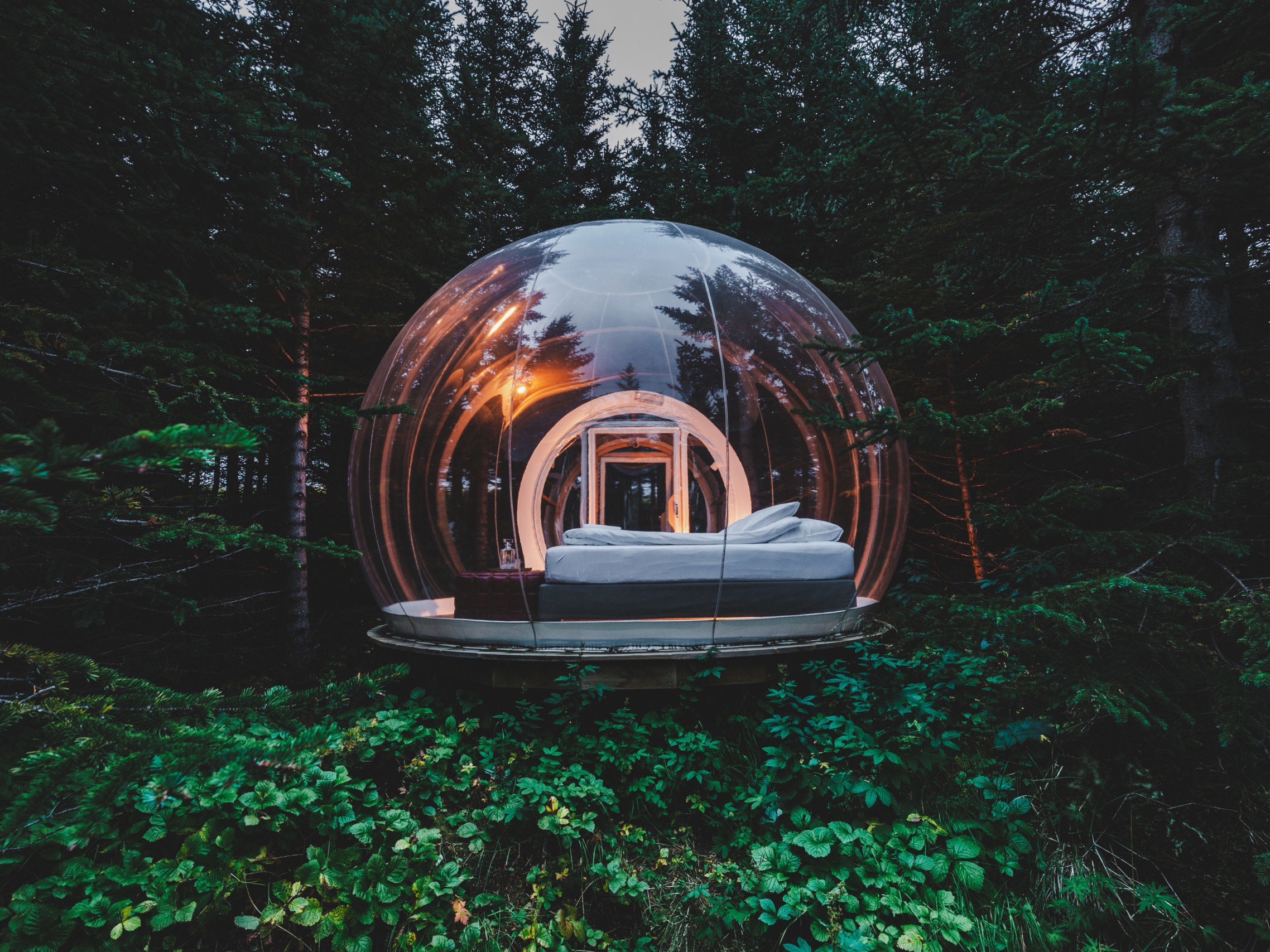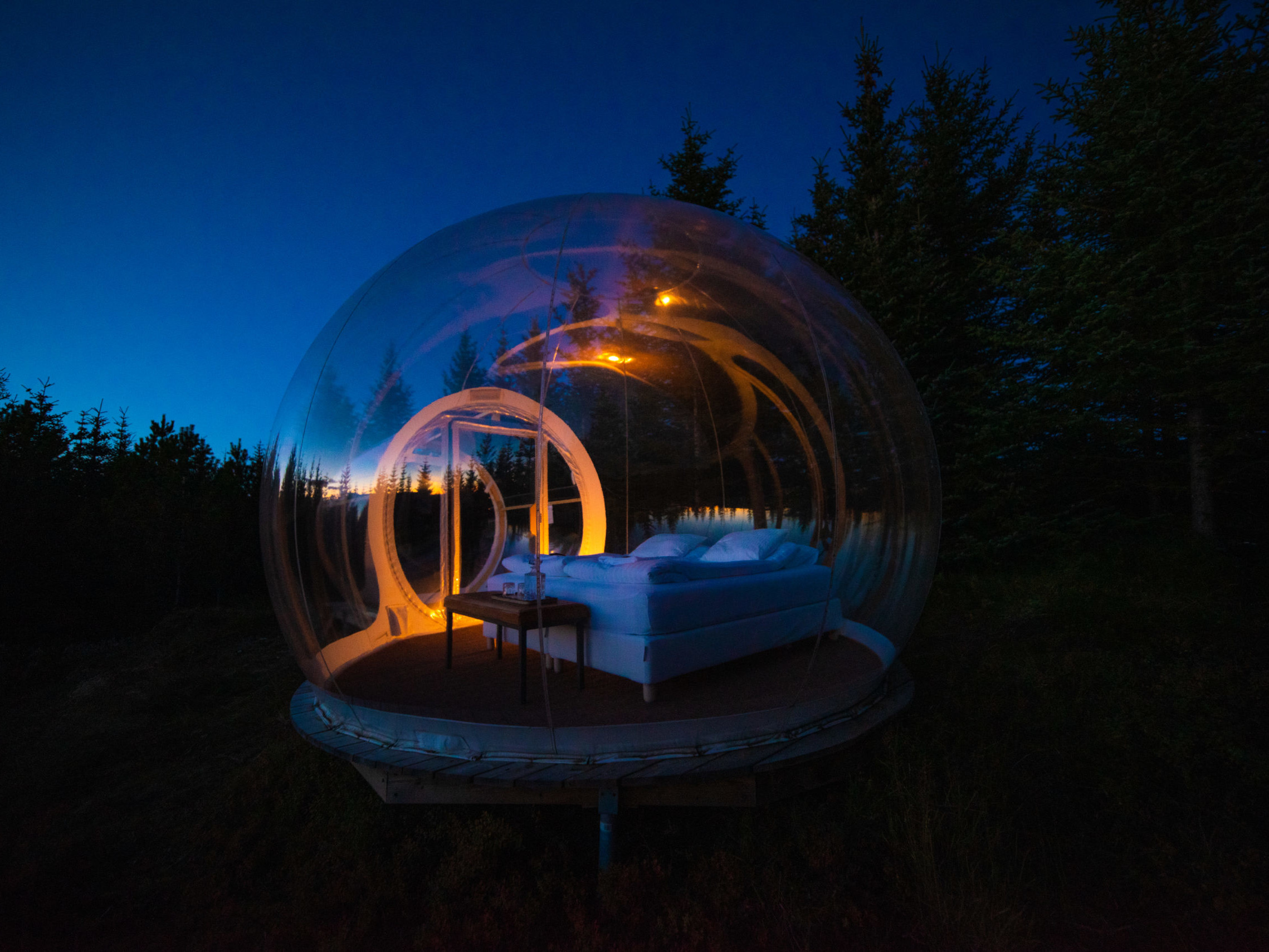100% of Iceland’s electricity needs are generated from renewable sources, including geothermal energy. The landscape under Icelands crust is powering geothermal plants all over the country.
While other power stations, wether using Nuclear, coal or gas, would need fuel to heat up the water to produce steam, in Iceland they can take the steam directly from the ground. Geothermal activity underground here in Iceland is being used on a larger scale as it has the capacity to supply all of the countries domestic electricity. By adding geothermal to the already advanced hydro capacity, Iceland has become world leaders in renewable energy.
With the aim of cutting emissions even further, a unique carbon capture system called CarbFix is being pioneered at the Hellsheidi geothermal power plant in western Iceland.
How Does A Geothermal Plant Work?
In short, a geothermal plant drills a hole into the ground at a depth of around 2-3 kilometres, where the steam is over pressurised so it comes by its own pressure through the production wells. The power plant can then collect the steam at the surface and there they produce power.
The geothermal plants here in Icelands only use a very small amount of the heat generated in the earth everyday so amazingly, there is enough heat in the earths crust for millions of years to come.
How To Turning CO2 Into Stone?
Carbon dioxide emissions are captured, mixed with water and re-injected back into the ground. Through this process, the CO2 is transformed into a mineral called Calcite. The process takes just six months. This solid form of CO2 storage is seen as one of the most effective ways of preventing the gas from entering the atmosphere.
Iceland To Work With The UK
The potential of this heat and steam is so big that plans to help supply other countries, such as the UK, with geothermal energy from Iceland have been discussed.
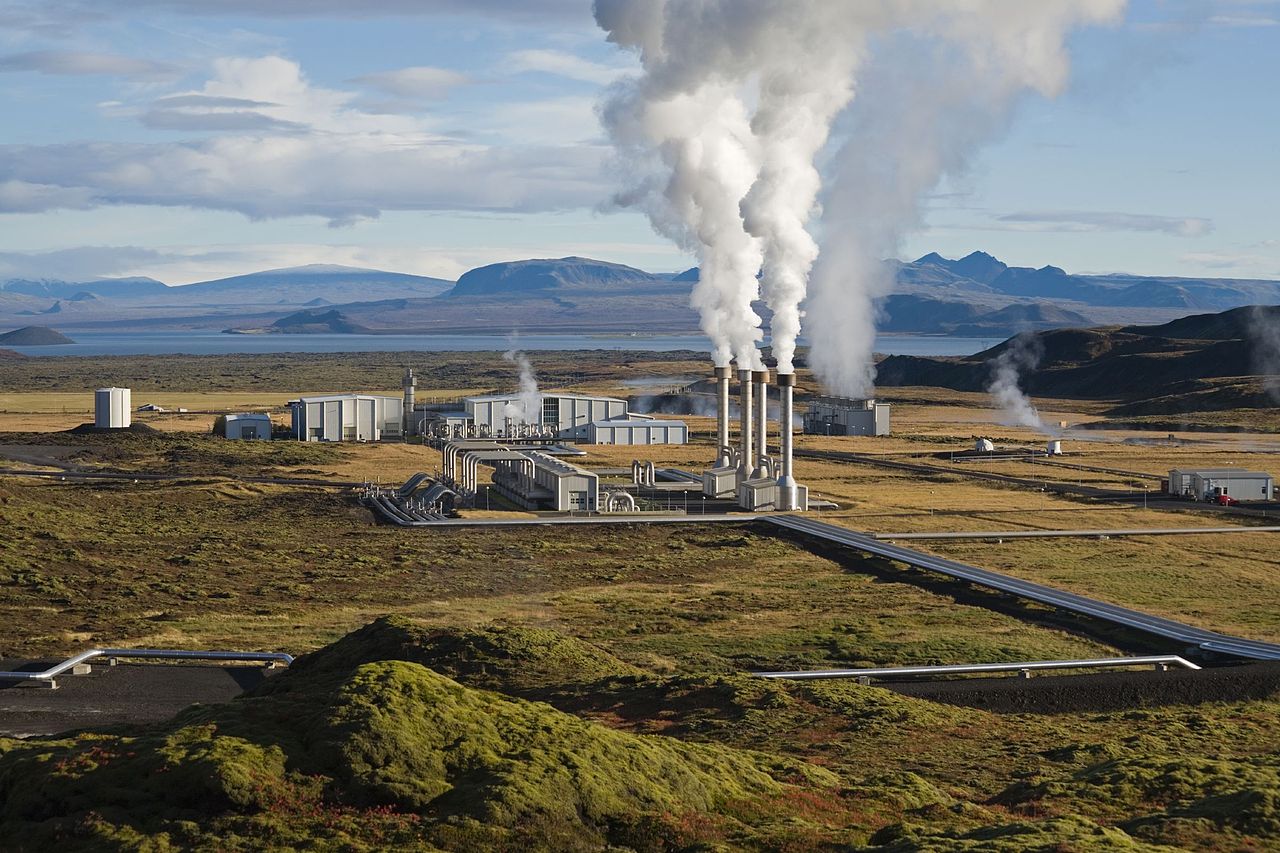
Photo by MindsGrid
The Downsides Of The Process
It might be fully renewable but there is a downside. In the process of accessing the steam, naturally occurring gases like carbon dioxide and hydrogen sulphide are also brought to the surface. The emissions are absolutely minimal when compared to the more conventional coal or gas power station however there are still some emissions to deal with.
What Is CarbFix And How Does It Work?
CarbFix is a new aspect in the development of geothermal technology where any pollutants emitted from the power plant are captured and sealed underground in the form of rock.
“We want to do our part in trying to solve this problem of the increased concentration of CO2 in the atmosphere,” says Ingvi Gunnarsson, a geochemist at CarbFix.
Iceland is doing their part in trying to solve the increased concentration of CO2 in the atmosphere with CarbFix, a new project which aims to capture the CO2 from the power plant and re-inject it back into the ground.
The Re-injection Labs
The gas immersions are transported from the main energy plant via pipes to geometric pods where they are re-injected into the ground. Once they have produced electricity, the Engineers at the plant needed to find a solution to dispose of the left over water and gas, which would be released into the atmosphere and contribute to climate change.
“What comes from the power plant once we’ve produced electricity is hot water and gas. We need to dispose of that somehow. If we would not be capturing it, it would be released into the atmosphere.”
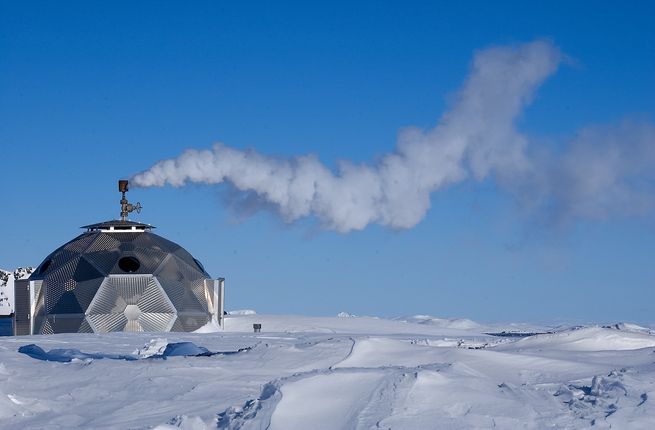
Photo by Teratornis
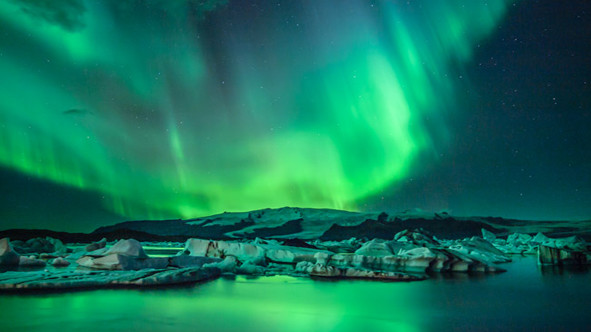


Turning Air Pollution Into Rock
Re-injecting this waste water and gas into the ground enables the carbon dioxide and hydrogen sulphite to permeate the volcanic basaltic rock and transforms it into stone. Water flows through the rock, fixing the CO2. The build up of this new rock is full of cavities, these pores are filled up with carbon minerals.
The CarbFix project replicates the natural process of weathering but instead of taking hundreds or thousands of years to turn into stone, CarbFix achieves it in just six months.
Testing The Theory, Proving It Works
To test this, Engineers sample the gases which they condense into liquid. It is a vital part in the project to demonstrate that the CO2 is being mineralised in the ground. The liquid can then be taken to a lab back in Reykjavik to be analysed for its CO2 and H2S levels. If the re-injected gases have successfully turned into stone then the sample should only contain the naturally occurring background levels of carbon dioxide and hydrogen sulphide.
What the Engineers hope to see when testing the liquid is that the CO2 levels in the steam do not raise above the background levels. When the levels are about the same as the natural occurring levels, the gases have turned to stone. This is a great approach to lower gas emissions.
Future Potential For The Project
This new process is not necessarily locked to just geothermal energy. Engineers report that if you have a relatively pure stream of CO2, which you can capture and dissolve in water, then you can in theory take that water and re-inject it back into the ground, as long as there is favourable rock composition in the area. Approximately 5% of the continents on earth are basalt, and the ocean, so more countries, companies and industries should be working this way. The potential is there to help our atmosphere and reduce climate change too.

